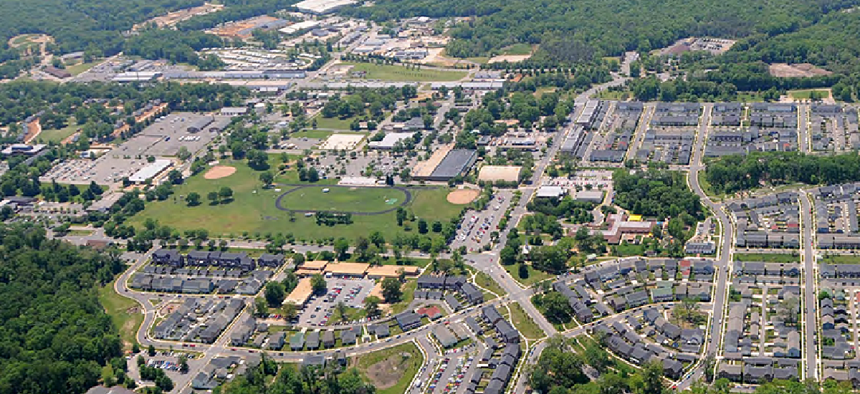Army looks to sensors, analytics to improve efficiency on bases

The Army wants to incorporate tech solutions usually seen in smart cities at its military installations.
The Army will be holding an industry day on how it can incorporate solutions usually seen in smart cities at its military installations.
The Engineering Research and Development Center wants off-the-shelf tools to help it process massive amounts of information from a variety of sources in near-real time to increase efficiency and better support military operations.
ERDC will conduct pilot demonstrations of 10 use cases for these "Installations of the Future" at Army locations. The applications fall under four different topics: infrastructure, security, facility operations and community services, according to a request for information posted earlier this year.
Infrastructure capabilities feature sensors for monitoring at the network edge and analytics to optimize identification and response to issues. Real-time facility control would leverage internet of things devices, wearable technology and a variety of GIS platforms to inspect on-premises and cloud IT infrastructure and interface with Department of Homeland Security's Industrial Control System Cyber Emergency Response Team. Barracks analytics would automate and monitor utilities, such as light, HVAC systems and fire alarms. Smart thermostats would provide enterprise-wide analytics for efficient operation of buildings, and automated assessments would use sensors, drones or analytics to evaluate the condition of Army infrastructure, minimizing the use of manpower.
Applications for physical security include better tools for first responders, such as smartphone apps, traffic monitoring and computer-aided dispatch, as well as artificial intelligence systems that speed the inspection and vetting of individuals and vehicles coming onto post.
To improve the efficiency and resilience of buildings the Army wants to retrofit facilities so they can track energy usage and trends. It also plans to use sensors to better understand occupancy trends so it can reallocate extra space, conserve energy and support infrastructure modernization. A similar use case applies to outdoor spaces, monitoring lands for occupancy, resilience, endangered species and excessive noise.
For the community, the Army is looking for analytics to use on video routinely collected at its Child Development Centers to improve training, enhance operations and optimize care of children.
The Army has been planning for the Installations of the Future since at least 2016, when it released its Army Installations 2025 report that envisioned self-healing buildings, electric and self-guided patrol vehicles, and IT network and cyber defense hub and energy-saving features like wind turbines, carbon-neutral energy production and water purification systems.
In 2017 Maxwell Air Force Base demonstrated a wireless smart perimeter that used infrared sensors and facial recognition to detect and identify intruders and alert base personnel of potential security breaches.
The Army is holding an industry day to help it finalize the technology-focused use cases and discuss the connectivity, network restrictions and cybersecurity requirements. Those wishing to participate in the industry day must submit a response to the request for information by March 22.






